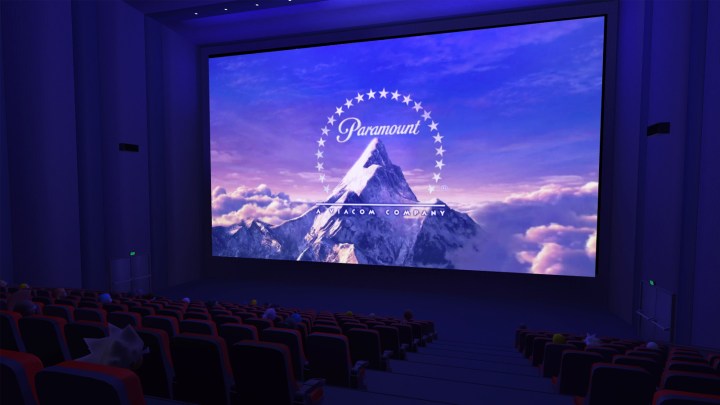
To make the cinema experience possible, Paramount has partnered with Bigscreen, the developer of the virtual LAN party and movie watching application of the same name. Bigscreen been enabling multiple VR headset owners to hang out in virtual locations since April 2016 and it’s that multiplayer technology which will be leveraged to create Paramount’s bespoke VR cinema.
Where Bigscreen is still considered in beta right now and is only compatible with the Oculus Rift and HTC Vive, Paramount wants to make its cinema much more widely available. It’s partnering with HTC and Oculus, but also with Samsung and Microsoft, potentially enabling millions of VR headset users to engage with the new cinema experience.
The first film shown at the VR cinema won’t be new, though. In fact it’s a 3D re-release of the 1986 classic, Top Gun, which came out in 2013. The event will take place over a 24-hour period on December 3, where visitors to BigScreenVR.com will be able to virtually walk into the VR location, pick a seat, and chat with fellow attendees. There will be trailers before the main movie, which will start with a new theater of viewers every 30 minutes.
If the project proves successful, Paramount will consider running more events like this. The next movie, according to Deadline, could be Terminator 3D.
As much as potential as this project holds, especially when it comes to debuting new movies through virtual reality cinemas as the uptake of video on demand increases, this isn’t a wholly new idea. Virtual cinema applications — both single and multiplayer — have existed since the days of Oculus’ developer kit headsets. Cineveo and Riftmax Theatre have been around for years and many comparable apps have been released since. Paramount will need to do something quite special to draw virtual eyeballs to its project, rather than already existing alternatives.
Other iterations on the idea of a VR cinema involve actually going to a physical location and then donning a VR headset to simulate a cinema experience. Even Imax is in on the act.



